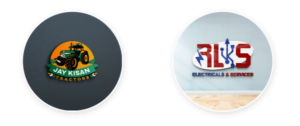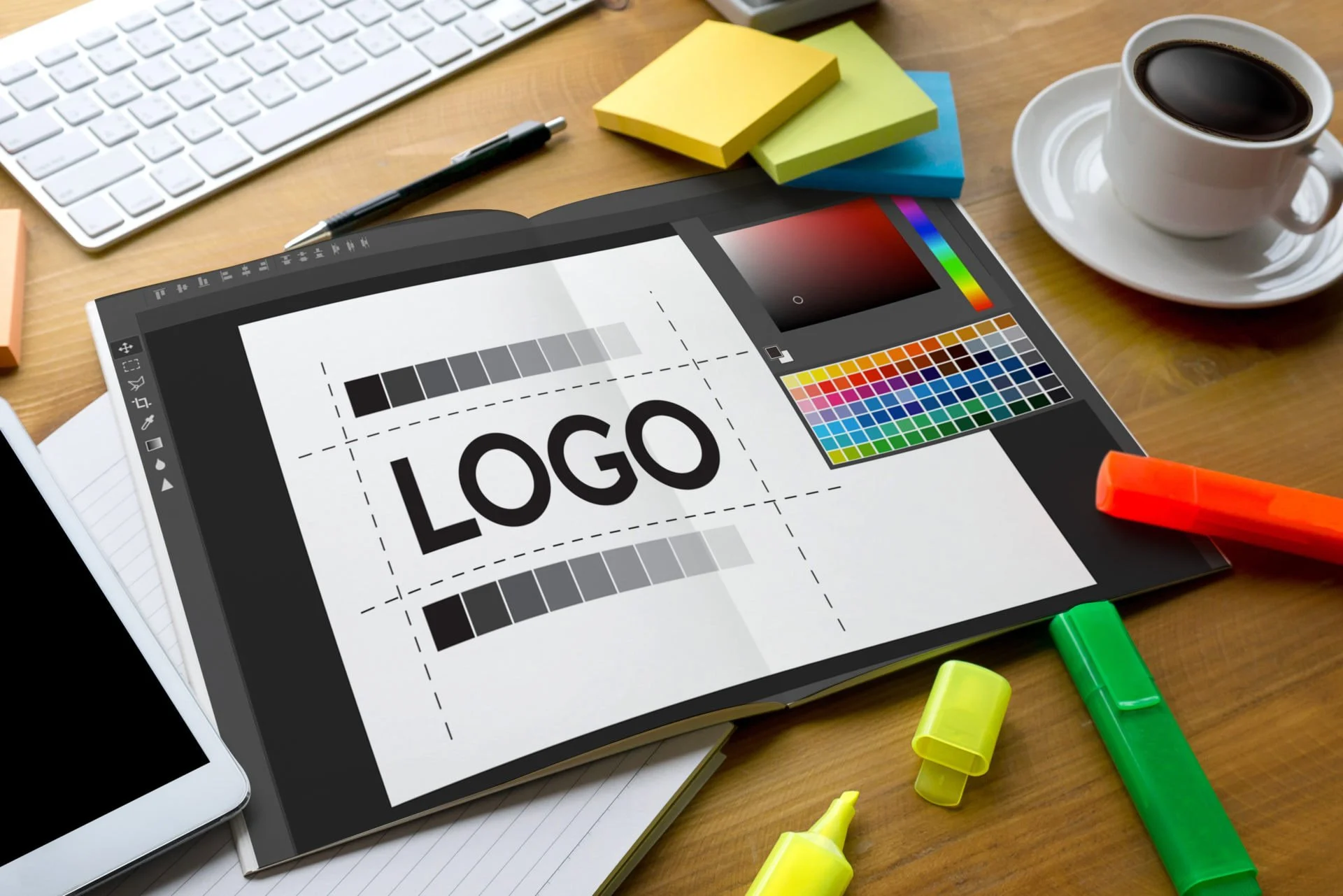How Logo Designing can Elevate your Business
Are you struggling to establish your brand in a competitive market? Is your business facing difficulty in gaining recognition and retaining customers? If yes, it’s time to consider redesigning your logo.
Logo designing is a vital aspect of any brand’s marketing strategy. A well designed logo can help your brand stand out and create a strong visual identity for your business. In this guide, we will explore the benefits of logo designing and how it can help elevate your brand above the competition.
What is Logo Designing?
Logo designing is the process of creating a unique symbol, mark, or emblem that represents a brand. It typically includes the company name and is designed to convey the brand’s values, identity, and vision. A well-designed logo is memorable, timeless, and instantly recognizable.

Why is Logo Designing Important?
Establishes a Strong First Impression
Your logo is often the first thing that potential customers see when they come into contact with your brand. It’s your chance to make a great first impression and create a positive association with your business. A well-designed logo can make your brand appear profesional, trustworthy, and memorable, which can help you gain new customers and retain existing ones.
Establishes Brand Identity
Your logo is the face of your brand. It’s what people will see and associate with your business for years to come. A well designed logo should be simple, memorable, and communicate the essence of your brand. By creating a strong visual identity, your logo can help your business establish a unique and recognizable brand identity.
Sets You Apart From the Competition
In a crowded market, it can be challenging to differentiate your business from the competition. A well designed logo can help you stand out and be easily recognized among a sea of competitors. By choosing the right colors, fonts, and design elements, your logo can communicate your unique value proposition and set you apart from the rest.
Increases Brand Loyalty
A strong logo can help build brand loyalty among your customers. By creating a positive association with your brand, your logo can help customers remember your business and choose you over the competition. Over time, this can lead to increased customer retention, referals, and revenue.
Boosts Your Marketing Efforts
Your logo is an essential component of your overall marketing strategy. By creating a strong visual identity, your logo can be used across various marketing channels to help build brand awareness, increase engagement, and drive conversions. From social media to email marketing, a well designed logo can help boost your marketing efforts and attract new customers.

Factors to Consider in Logo Designing
When creating a logo, several factors should be taken into consideration to ensure that it is effective and memorable. Some of the essential elements to consider in logo designing are:
Simplicity
A logo should be simple and easy to recognize. A cluttered complex logo can be difficult to remember, and its message can get lost.
Color
The color scheme used in a logo can influence how people perceive your brand. Each color has a different psychological effect, so it’s important to choose colors that align with your brand’s personality and values.
Font
The font used in a logo can communicate a lot about your brand’s personality and values. It’s essential to choose a font that is legible and aligns with your brand’s style.
Memorability
A logo should be memorable and easily recognizable. It’s important to create a design that stands out and is unique.
Versatility
A logo should be versatile and adaptable to different mediums and sizes. It should look good whether it’s printed on a business card or displayed on a billboard.
Target Audience
Your target audience should be taken into consideration when designing a logo. Understanding your audience’s preferences, values, and attitudes can help create a logo design that resonates with them.
Brand Identity
Your logo should be aligned with your brand’s identity, values, and personality. It should represent your brand’s unique selling proposition and communicate its essence to your customers.

How to Create an Effective Logo
Creating an effective logo involves a creative and strategic process that involves several steps:
Research
Before logo designing, research about your competitors, target audience, and industry. Analyze their logos and identify what works and what doesn’t. This will give you insights into what design elements to include or avoid in your logo.
Brainstorming
Brainstorming is an essential part of the logo design process. This involves generating several ideas and concepts that align with your brand’s values and personality. It’s important to consider the factors mentioned earlier, such as simplicity, color, font, memorability, versatility, target audience, and brand identity.
Sketching
Sketching allows you to visualize your ideas and concepts. It’s a crucial step in the design process as it allows you to experiment with different shapes, sizes, and layouts.
Refining
Refining involves selecting the best design concept and refining it to create a final logo. This involves tweaking the logo designing elements, such as color, font, and layout, until you achieve a logo that aligns with your brand’s values and identity.
Testing
Testing involves testing the logo in different sizes, colors, and mediums to ensure that it is effective and recognizable. It’s important to test the logo across various platforms to ensure that it is versatile and adaptable.
Conclusion
In today’s competitive marketplace, a well-designed logo can be the difference between success and failure for a brand. A logo is the first impression that a customer has of a business, and it’s essential to make it a lasting one. A great logo designing should be simple, memorable, versatile, and aligned with the brand’s identity and target audience. Creating an effective logo involves strategic and creative process that includes research, brainstorming, sketching, refining, and testing. Remember, your logo is the face of your business, and it should represent everything that your brand stands for.

